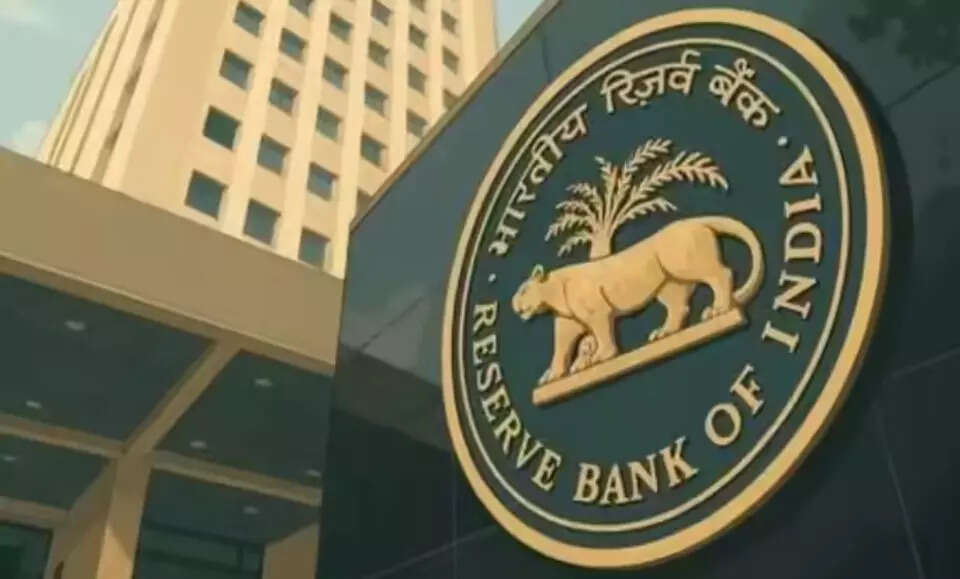RBI’s New Deposit Insurance Rules Explained: Will Cover Go Beyond ₹5 Lakh?
Most of us keep our savings tucked safely in bank accounts, FDs, and RDs. And to protect these deposits, the Deposit Insurance and Credit Guarantee Corporation (DICGC) provides insurance of up to ₹5 lakh. Recently, the Reserve Bank of India (RBI) announced some changes related to this insurance, so does this affect the ₹5 lakh cover? Let’s break it down.
This cover applies in situations where a bank collapses. For example, if someone has ₹10 lakh in a failed bank, they will still receive only ₹5 lakh from DICGC.
Earlier, all banks paid the same insurance premium regardless of their financial health. Now, the RBI has introduced a risk-based premium system:
The risk level will be assessed based on a bank’s capital strength, bad loans, and quality of management. This new premium system will be rolled out over the coming years.
For banks, the safer they are, the lesser they pay.
In short, the RBI isn’t touching your deposit protection. It is simply ensuring that stronger banks are rewarded, and weaker ones take responsibility. A cleaner, safer banking environment for everyone!

Is the ₹5 Lakh Insurance Changing?
No. The RBI has made no change to the deposit insurance amount. Your savings—across accounts, FDs, and RDs, will continue to be protected up to ₹5 lakh per bank, just as before.This cover applies in situations where a bank collapses. For example, if someone has ₹10 lakh in a failed bank, they will still receive only ₹5 lakh from DICGC.
You may also like
- Stalin inaugurates Rs 208 crore botanical park spread across 45 acres in Coimbatore
- AICTE Chairman inaugurates first phase of IIC regional meet 2025 at eight cities
- Hyderabad to expand as Telangana govt decides to merge 27 urban local bodies with GHMC
- JK Lakshmi Cement to invest Rs 1,816 cr to expand production capacity in Chhattisgarh
- Angel Reese's former peer doesn't shy away from picking Indiana Fever's Caitlin Clark over WNBA legend
So What Has the RBI Changed?
The change is not for customers but for banks.Earlier, all banks paid the same insurance premium regardless of their financial health. Now, the RBI has introduced a risk-based premium system:
- Low-risk banks will pay lower premiums.
- High-risk or financially weak banks will pay higher premiums.
The risk level will be assessed based on a bank’s capital strength, bad loans, and quality of management. This new premium system will be rolled out over the coming years.
What Does This Mean for You?
For depositors, nothing changes, your money continues to enjoy the same ₹5 lakh insurance cover.For banks, the safer they are, the lesser they pay.
In short, the RBI isn’t touching your deposit protection. It is simply ensuring that stronger banks are rewarded, and weaker ones take responsibility. A cleaner, safer banking environment for everyone!









